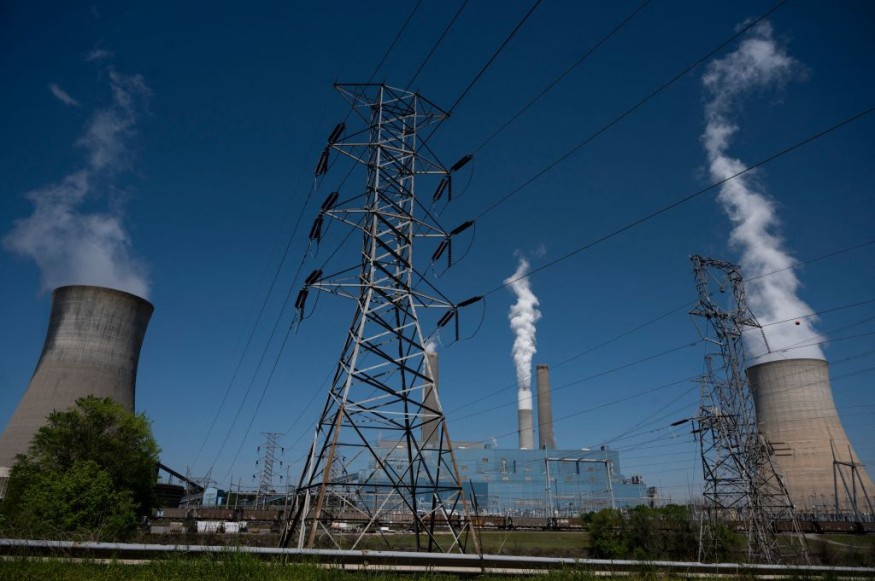Global warming has been perceived to be responsible for changing weather patterns and climate events, such as prolonged droughts, deadly storms, and extreme heatwaves over the past century, which has seen a gradual change in the global weather compared to pre-industrial levels.
Activists, scientists, and various organizations worldwide have also called for the reduction of human-induced greenhouse gas and anthropogenic aerosol emissions since these hazardous particles contribute to air pollution and the warming of the planet.
However, a new study by the National Oceanic and Atmospheric Administration (NOAA) suggested that the situation is like a double-edged sword, claiming that such air pollution cuts in North America and Europe may eventually strengthen hurricanes and storms that form over the Atlantic Ocean.
Global Weather is at Stake

In the NOAA study published in the journal Science Advances on May 11, scientists stated that anthropogenic aerosols over the United States and Europe have decreased over the past 40 years due to pollution control measures.
It is also during these decades that aerosols have influenced tropical cyclone activity.
These air pollutants have also increased in South and East Asia during the said period, mainly due to reported economic and industrial growth in the regions.
However, the NOAA indicated that such changes in the number of aerosols in the air have altered the global weather, notably the formation of storms over various oceans of the world.
In summary, the US government organization provided the following rationale in line with its new paper relating to aerosols and tropical cyclones:
- Aerosol reduction in the US and Europe has made significant contributions to decreasing tropical cyclones over the Southern Hemisphere while increasing tropical cyclones or hurricanes over the North Atlantic Ocean.
- Aerosol increase in South Asia and East Asia have decreased tropical cyclones over the Western Pacific Ocean.
What are Anthropogenic Aerosols?
Aerosols are tiny solid or liquid particles, where millions of these specks of matter can be inhaled by individuals in the air over oceans, deserts, forests, ice, mountains, and other ecosystems worldwide, according to the National Aeronautics and Space Administration (NASA).
In spite of the small size of aerosols, they can be detrimental to the climate and health.
NASA classifies two types of aerosols: natural and anthropogenic.
Anthropogenic aerosols are produced from human activities like the burning of fossil fuels and biomass burning. Mass amounts of these particles are mostly found in urban and industrial areas, according to the US space agency.
Aerosols and the Climate Crisis
Various measures against the climate crisis have been conceptualized and implemented in recent years, including those stipulated in the Paris Agreement headed by the United Nations Framework Convention on Climate Change (UNFCCC).
Still, the effects of aerosol emissions reductions are less studied.
According to the new study's author Hiroyuki Murakami, a tropical storm researcher at NOAA's Geophysical Fluid Dynamics Laboratory, the unprecedented data shown by the research should be of interest to policymakers, according to Inside Climate News, a non-profit news organization.
Related Article: How Aerosols Affect Our Climate
© 2025 NatureWorldNews.com All rights reserved. Do not reproduce without permission.





